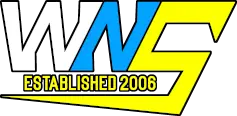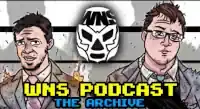WNS Column: The Legacy of the NWA World Heavyweight Championship Part 2: The 10 Greatest Champions
Posted By: Caylon Knox on Oct 22, 2015⚡ Explore WNS
Jump To Comments

Popular Tags
Popular Articles

Become WNS Member

Member Login

Edit Profile

Blocked Users

LeaderBoard

Donate to WNS

Logoff
Loading: 

📣 WNS Member Discussion
⚡ Events
WWE SmackDown!
Des Moines, Iowa, USA
May. 2nd 2025
AEW Collision
Atlantic City, New Jersey, USA
May. 3rd 2025
WWE LFG: Legends & Future Greats
Orlando, Florida, USA
May. 4th 2025
WWE Monday Night RAW
Omaha, Nebraska, USA
May. 5th 2025
WWE NXT
Orlando, Florida, USA
May. 6th 2025
AEW Dynamite
Detroit, Michigan, USA
May. 7th 2025
AEW Collision
Detroit, Michigan, USA
May. 8th 2025




















Leave a Comment ()